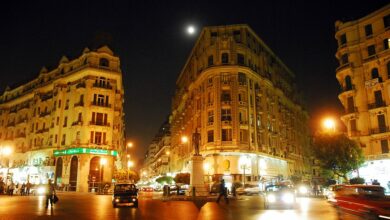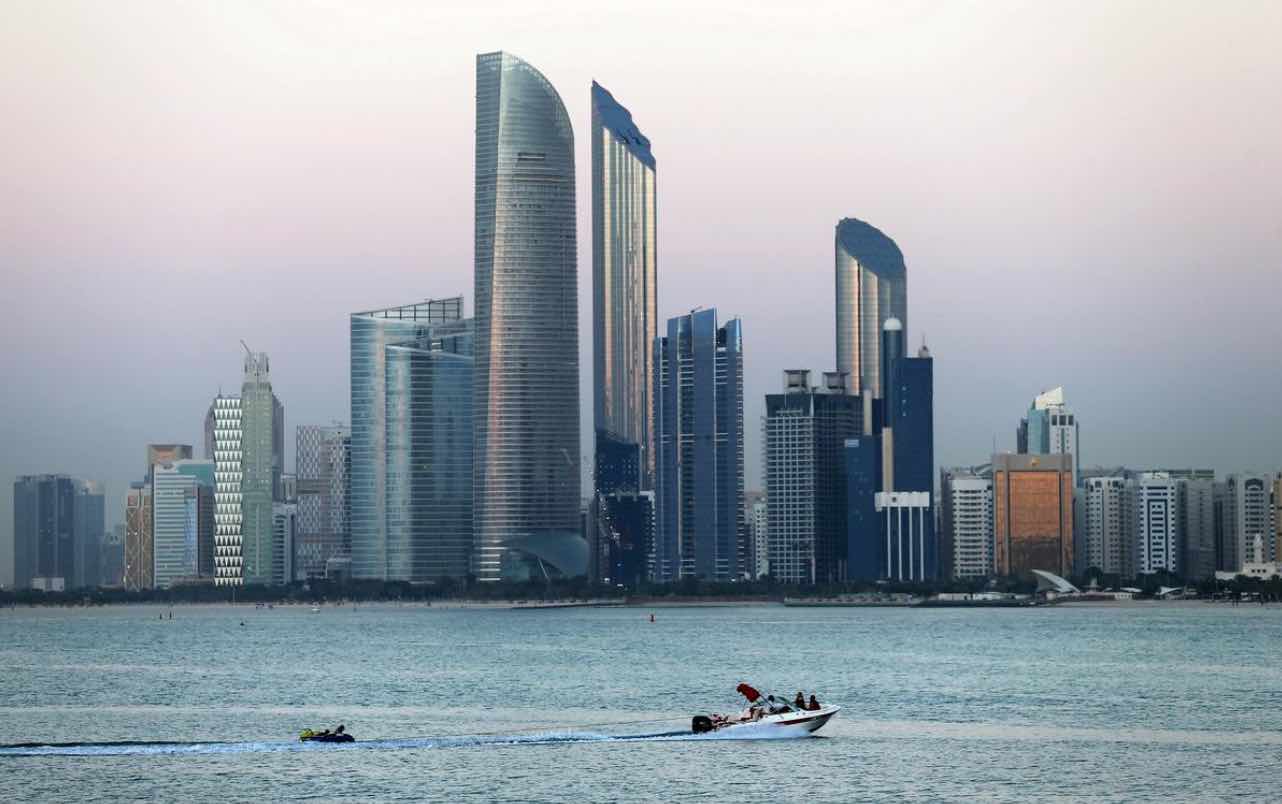
Egypt vice regal Khedive Ismail met with Ali Mubarak Pasha in 1863 to develop a blueprint for Cairo’s future. He wanted the new plan to accommodate a population increase of up to 750,000 people within 50 years.
At the time, only 350,000 people resided in the city. His Cairo is now only a small neighborhood downtown, and the city has expanded to touch the borders of Giza and Qalyubiya such that the three governorates — now known as Greater Cairo — are inhabited by 16 to 20 million people.
Several plans have been drawn up over the years to accommodate this growing population and their needs, the latest of which was the much-contested Cairo 2050. Now the city is undergoing a similar defining moment as the Housing Ministry, along with UN-HABITAT, is putting together a new plan for Greater Cairo.
The motives of the 1863 plan and the current one might be similar, but what’s different is the clear vision for development and the political will to try and push it through and improve the quality of people’s lives, as a look at the history of Khedival Cairo shows.
Among the pasha and the khedive’s first steps, back in the 19th century, was to level the Louq agricultural land — what is now Bab al-Louq in downtown Cairo — as it was flooded with Nile water every summer.
Then he embarked on building Abdeen Palace, which took nine years to complete, becoming the first government headquarters in the country’s modern history to be built outside the city walls.
Since 6335 BC, when the ancient military city of Oun (Heliopolis) was built, it became customary for rulers to live within walled cities.
“Throughout the centuries, rulers of Egypt have been estranged from Egyptians, shielded in their fortresses from the people and invaders alike,” says Assem al-Dessouky, professor of modern history at Cairo University.
Oun, as a walled city, was later replaced by the famous Babylon fortress, parts of which remain in Coptic Cairo. Then came the city of Fustat, with the beginning of Muslim rule, followed by the cities of Askar and Qatea, which were the headquarters of the Abbasid and Tulunid dynasties respectively.
And finally there was Islamic Cairo, or the “mountainous fortress,” which Ayyubid Sultan Saladin expanded to include within its walls the remains of the three previous capitals.
The 1863 scheme, known as Khedival Cairo, after Ismail, was the next city center — only it was no longer walled. It extended from Abdeen Square through Tahrir Square and Ramses Square, all the way to Attaba.
“It is like an open museum of all architectural styles that emerged in Europe since the 18th century,” says Sohair Hawas, architecture professor at Cairo University and author of the encyclopedic “Khedivian Cairo: Identification and Documentation of Urban Architecture in Downtown Cairo.”
Khedive Ismail studied in Paris as part of the educational missions initiated by his grandfather, Mohamed Ali Pasha, to build a “modern Egypt.” He returned to Cairo in 1863 to take over the rule of Egypt, after his uncle Mohamed Saeed Pasha passed away.
His stay in Paris greatly influenced him, argues Dessouky, and he began comparing social and political life in Egypt and France. He admired how French rulers lived in the city among their people and how a middle class and women participated fully in political life. So he opted for a similar model for Egypt.
“The descent of the rulers from fortresses into the streets of the city had a political as well as an architectural significance,” argues Mohamed Afify, head of the history department at Cairo University. “[The khedive] saw that governance in France was supported by conversations and mixing between people, rather than polarization.”
Afify continues that this move on the part of Khedive Ismail was the beginning of the modern city, paving the way for the formation of political parties, and, later, the Consultative House of Notables, founded by the khedive in 1866.
The Cairo which the khedive dreamed of could not be attained politically, socially and culturally while he continued to live within the walls of the citadel. The move was thus inevitable, argues Hawas.
Upon their return from Paris, the khedive met with Mubarak and his other study companions to discuss how they could create their Parisian-inspired version of Cairo. They chose the area of Abdeen for the palace, as it was a highland that the floodwater did not reach; they began leveling the surrounding lands and built Clot Bey and Mohamed Ali streets to connect the new city center with the old parts of Cairo and the Citadel.
The new streets were wide and straight to ease commuting, and met at beautiful roundabouts, creating a fluid network across the city. This attracted foreign communities, rich merchants and senior civil servants to move out of the walled neighborhoods of the old city into the new downtown with its gardens, roundabouts and cafes.
The new structures changed social relations in Egypt significantly, Afify argues.
“Coffee shops acted as meeting point for artists and the intelligentsia, and forms of governance were discussed by the public for the first time,” he explains.
Hawas adds that roundabouts in Khedival Cairo coordinated traffic for both carts and stagecoaches, and also the motorized vehicles that the social elite began using. They were also where people met to celebrate or express their anger.
“They were centers where various pathways met before diffusing back into the city,” Hawas says.
This new neighborhood, downtown Cairo, was also the beginning of the emergence of a real middle class in Egypt, explains Afify. Foreign communities who moved in built hospitals and schools, and turned Cairo into a major trading center. Each foreign community also established a charity that was responsible for managing their schools and hospitals.
They also admitted children of Egyptian effendis, says Afify, who argues that these communities and their projects were among the main reasons for the improvement of health and educational services in Cairo, and links it to the later emergence of a strong Egyptian middle class.
But Dessouky disagrees, and explains that the improvement in health was more related to the khedive’s decision to drain the pools of water surrounding Abdeen Palace, which attracted mosquitoes and caused epidemics. He turned them into parks such as Al-Azbakeya Gardens.
Dessouky adds that the khedive was also interested in education; he established the first girls school, Al-Saneya School, which still operates to this day in the same building in Sayeda Zeinab neighborhood. By 1875, the number of foreign schools in Egypt reached 76, and they admitted members of foreign communities as well as the Egyptian middle class.
“The Parisian-inspired Cairo was hence part of the khedive’s vision for a strong Egypt,” Dessouky says.
Ismail wanted a big and clean capital. He also hoped for a strong military, and he increased the number of Egyptian soldiers from 12,000 to 30,000 in a few years, with the help of American officers who acted as his consultants.
For the foreign military consultants, he built Al-Gezira Club, which still overlooks the Nile in Zamalek, and which later inspired several other social clubs across the city.
This piece was originally published in Egypt Independent's weekly print edition.




